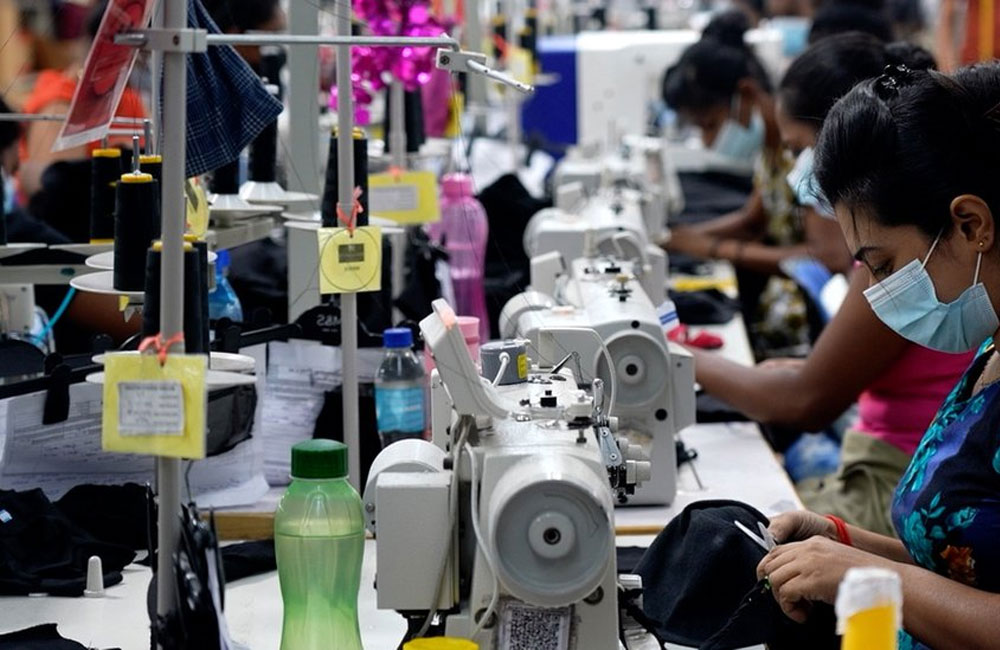Sri Lanka’s trade policy is under scrutiny as mounting evidence shows that so-called “para-tariffs”additional levies that operate outside official customs dutiesare quietly undermining the island’s competitiveness and constraining its recovery. A 2020 empirical study found that para-tariffs in Sri Lanka often push total protection above the levels disclosed under World Trade Organization (WTO) commitments, and that phasing them out could significantly boost production, exports and GDP growth.
Such levies, including import Cess, Port & Airport Levy (PAL), and Special Commodity Levies (SCL), have been highlighted by the policy-think tank Advocata Institute in its 2026 Budget proposals: decades of protectionist measuresfrom the “produce or perish” era through to the post-2005 high-tariff regime have left Sri Lanka’s manufacturing sector stuck in low-value production, eroding export competitiveness and raising consumer prices.
The Institute points out that trade openness fell from over 100 % of GDP in 2000 to just 63 % by 2019, while exports slipped from 33 % to 23 % of GDP. (Advocata Institute) Official data show Sri Lanka’s simple average applied MFN tariff in 2023 stood at just 8.4 % and a trade-weighted average of 7.1 % which superficially suggest moderate barriers.
Yet the para-tariffs add further, hidden burdens, complicating administration and favouring non-competitive domestic producers. The government’s 2024 National Tariff Policy documents call for para-tariffs to be charged only at customs and disclosed transparently—but actual progress has been sluggish.
In November 2025 the Treasury Secretary acknowledged ambitions to start phasing out para-tariffs in the first quarter of the year, emphasising that the exercise was to harmonise duties with global practices rather than raise revenue.
Compounding this internal issue, the bilateral trade front with the United States is increasingly fraught. Sri Lanka’s exports to the U.S.—notably apparel (which accounts for roughly 40 % of its US-bound manufactured exports) and rubber products—now face effective U.S. tariff rates far higher than previously, reportedly up to 29.9 % on average and as high as 36.8 % for apparel.
Although Sri Lanka was reported to have secured a reduction in the U.S. tariff rate from around 30 % to 20 % in August 2025, key details remain undisclosed and the government has been criticised for failing to publish the full terms of the agreement.
Meanwhile competitor countries such as Bangladesh and Pakistan are moving more swiftly to meet U.S. conditions and secure more favourable access.
The implications for Sri Lanka are serious. Modelled estimates suggest that under a 20 % U.S. tariff scenario, Sri Lanka’s apparel exports to the U.S. could fall by about 12 % (roughly USD 220 million) and rubber exports by 42 %, with overall export losses reaching as much as USD 634 million.
On aggregate, the country’s economic recovery could be dented one scenario projects a real GDP drop of 0.082 % under full employment, or up to 0.222 % if unemployment rises.
Failure to transparently disclose the agreements with the U.S. and to dismantle the protective para-tariff framework at home means Sri Lanka risks two simultaneous traps: one, declining export access due to higher U.S. tariffs and lost competitiveness; and two, persistent inefficiencies and higher costs at home owing to opaque border taxes. The combined effect threatens investor confidence, export diversification and employment in key vulnerable sectors.
In short, the dual challenge of hidden para-tariffs and faltering U.S. trade negotiations places Sri Lanka at a crossroads. Only a credible roadmap to transparent tariff reform, coupled with proactive engagement with the U.S. and other trade partners, can anchor the country’s export-driven growth narrative and protect its economic recovery.
@@@@

Leave your comments
Login to post a comment
Post comment as a guest